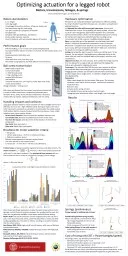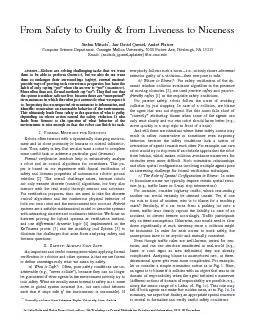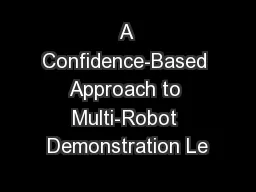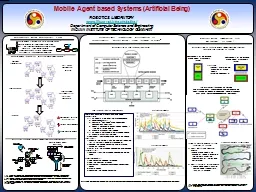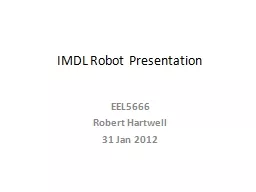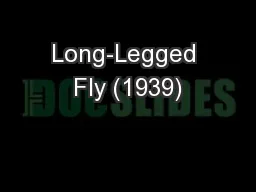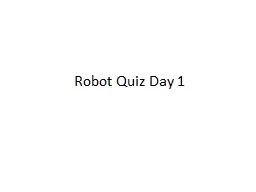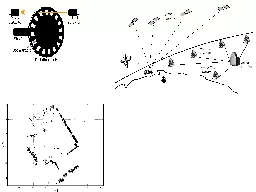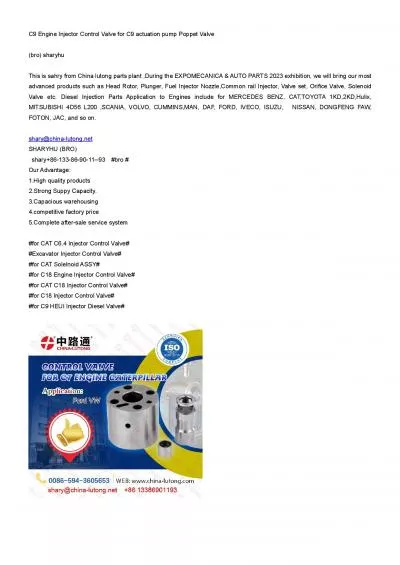PPT-Optimizing actuation for a legged robot
Author : pamella-moone | Published Date : 2017-09-11
Motors transmissions linkages amp springs Robot vital statistics 15 m height 08 m leg length 15 kg legged locomotion platform 30 kg max body mass Lowmass lower
Presentation Embed Code
Download Presentation
Download Presentation The PPT/PDF document "Optimizing actuation for a legged robot" is the property of its rightful owner. Permission is granted to download and print the materials on this website for personal, non-commercial use only, and to display it on your personal computer provided you do not modify the materials and that you retain all copyright notices contained in the materials. By downloading content from our website, you accept the terms of this agreement.
Optimizing actuation for a legged robot: Transcript
Download Rules Of Document
"Optimizing actuation for a legged robot"The content belongs to its owner. You may download and print it for personal use, without modification, and keep all copyright notices. By downloading, you agree to these terms.
Related Documents

